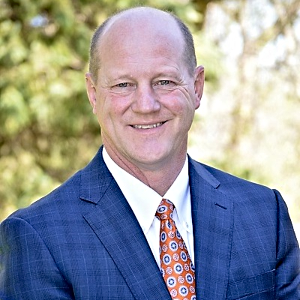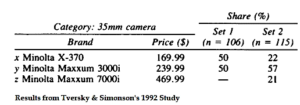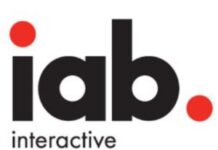
(By Rick Fink) Options… Everyone likes options. The question is, how many options are too few or too many?
The answer varies, and it depends upon whom you are talking to, who is selling, and who is buying!
When discussing how many pricing options you should show when making an advertising presentation, ask three different people and chances are you will get three different answers.
Two of the people I respect most in media sales disagree with me on this topic. One of them is adamant that you should only present one option. His opinion is to show them what they need. You can always go back and present again. The other is a two-option person. His thought is that people like options but three is too many and adds too much confusion, ultimately delaying the decision.
Myself, in most cases, I present three options. The largest pricing option is always shown first as option #1 (Aggressive, Gold, A) We will discuss the topic of why we show the largest option first in a future article. Option #2 is what I am hoping they will select, and #3 is typically what they gave me for a budget.
Option “A” is typically very aggressive. I do this even if I think they cannot afford this level right now. I show it to set the stage for a future presentation, i.e., “Joe, option #1 is very aggressive and while it may be beyond your comfort level right now, I believe this is a budget you should set your eyes on in the future. If we can make option #2 work as well as I believe it can, option #1 is your next step”. This also helps take their eyes and mind off of the lowest option #3 and puts it on option #2.
Does this game always work? Not always, however, on many occasions, it does get the prospect to move from option #3 up to #2.
This was always just a theory of mine until I read a recent article in MarketingWeek titled, At A Loss for Pricing? Try Applying Behavioral Science. (Click here for the article.)
In a nutshell, the article suggests when offering two different pricing options, people will select each option equally, 50/50. However, if you add a third and higher price option, option two is selected considerably more often than both the higher and the lower price point.
Here are the results of two experiments, Set 1 and Set 2:

The psychological theory behind this assumption is called “Extremeness Aversion”. “Extremeness Aversion” describes the motivation behind people’s choices. When making decisions, people tend to avoid the outermost edge or ultimate poles of a situation and prefer a compromise or middle position.
If you are a one or two option person, I suggest you try adding a third and higher option. Chances are your client’s “Extremeness Aversion” will kick in and they will say yes to one of your higher options.”
NEVER Stop Learning – Get Better Every Day!
Rick Fink from ENS Media (www.ensmediausa.com) can be reached by phone at 605-310-2062 or e-mail at [email protected]





